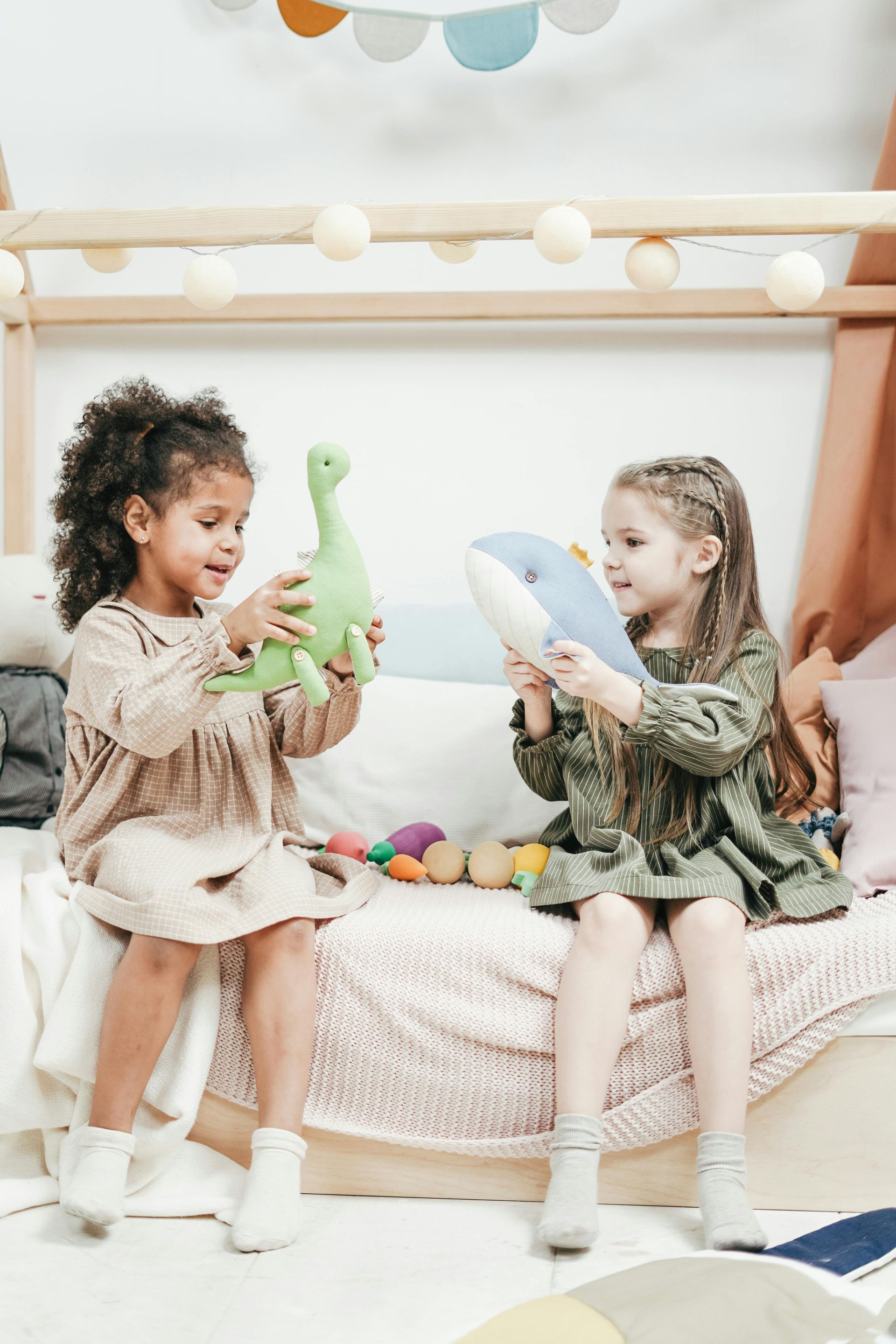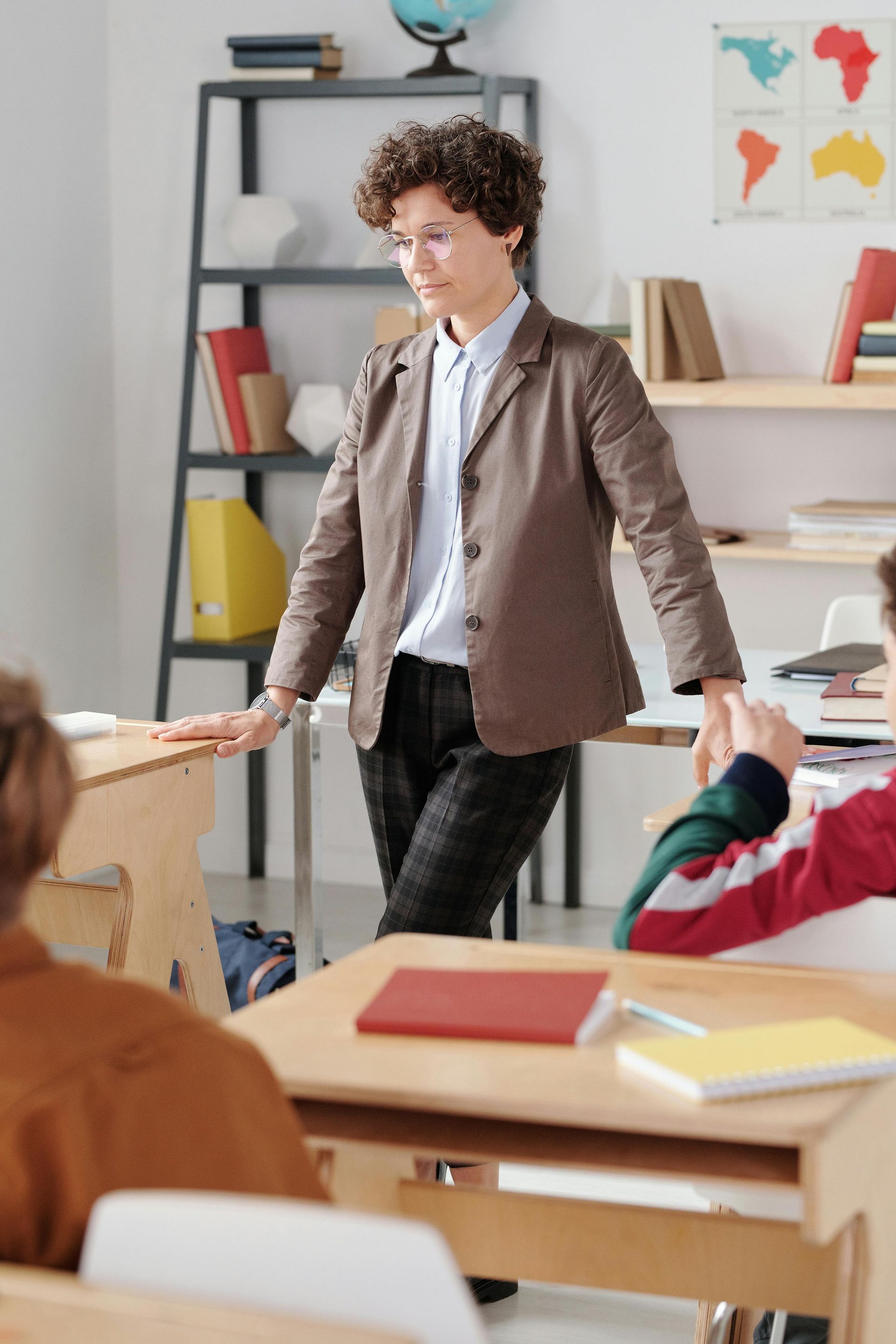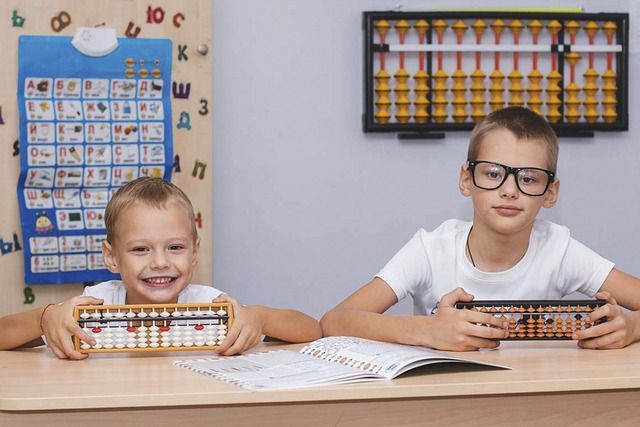The Power of Positive Reinforcement in Building Confidence in Children
If you’re a parent, teacher, or principal, you’ve probably noticed that some kids seem to struggle more with confidence than others. They hesitate to speak up, hold back in class, or shy away from new challenges. But what if I told you that building confidence in children doesn’t have to be as complicated as we sometimes think? In fact, one of the simplest and most powerful tools you have is something called positive reinforcement.
I’m school assembly performer Joe Romano. As someone who's spent years working with kids and observing what truly makes them tick, I can tell you: positive reinforcement isn’t just a buzzword. It’s a game-changer when it comes to helping children feel better about themselves. Let’s dive into why this simple technique works so well—and how you can use it to help the kids in your life shine.
What Is Positive Reinforcement?
Simply put, positive reinforcement is the act of rewarding a child for a behavior you want to encourage. When a child does something well—whether it’s completing a homework assignment, being kind to a classmate, or simply trying their best—you praise them or give them a small reward. This could be as simple as a verbal compliment like, “Great job!” or a sticker for their effort.
The key here is that you’re rewarding the behavior, not the child. You’re showing them that their actions matter and that they’re capable of success. This helps kids build confidence because they start to associate their hard work with positive outcomes.
Why Does Positive Reinforcement Work?
Now, you might be wondering: “Why does this technique work so well? Doesn’t every kid just want a reward for everything?”
Here’s the thing: Positive reinforcement isn’t about giving a reward for every little thing. It’s about recognizing the efforts that matter and showing kids that their hard work is paying off. When children receive positive feedback for their actions, they are more likely to repeat those actions in the future.
Here’s why it’s so effective:
- It creates a cycle of success: When kids get positive reinforcement, they feel good about themselves. This boosts their self-esteem and makes them more willing to try again. The more they try and succeed, the more their confidence grows.
- It teaches them what’s important: Positive reinforcement helps kids understand which behaviors are worth repeating. For example, if you praise a child for asking a question in class, they’re more likely to speak up again next time, knowing that it’s valued.
- It builds trust: Positive reinforcement builds trust between the adult and child. When a child knows that their efforts will be recognized, they feel safe to take risks and try new things. And when they succeed, they learn that they are capable of more than they thought.
How Does Positive Reinforcement Build Confidence in Children?
Building confidence in children takes time, but positive reinforcement helps speed up the process. Here’s how:
- It encourages effort, not perfection: Kids don’t need to be perfect to get praised. They just need to put in the effort. When you focus on the effort rather than the outcome, kids feel more motivated to keep trying—even if they don’t get it right the first time. This helps them develop resilience and a growth mindset.
- It reduces fear of failure: A child who’s afraid to fail may shy away from trying new things. Positive reinforcement teaches them that failure is part of the learning process. When they are encouraged to keep going, even after a mistake, they learn that it’s okay to not get everything right immediately.
- It makes kids feel seen: Every child wants to feel noticed and appreciated. Positive reinforcement tells children, “I see you. I see your effort. I see your progress.” When children feel recognized for their hard work, they develop a sense of pride in their achievements, which boosts their confidence.
- It encourages self-talk: Kids are likely to start talking to themselves in a more positive way when they experience success. “I can do this,” they’ll think, or “I’m good at this.” Positive reinforcement strengthens this kind of thinking. It tells kids that they are capable, which in turn helps them believe in themselves more.
How to Use Positive Reinforcement with Kids
Now that you understand the power of positive reinforcement, let’s talk about how to use it effectively.
- Be specific: Instead of general praise like “Good job,” try to be specific about what the child did well. For example, “I love how you worked through that math problem. You didn’t give up, even when it was tough.” This helps the child understand exactly what they did right.
- Make it timely: Praise is most effective when it’s given immediately after the desired behavior. This way, the child can connect their action to the reward. For instance, if a student answers a question correctly, praise them right away so they understand what they did well.
- Use rewards sparingly: While rewards like stickers or extra playtime can be effective, don’t overdo it. Too many rewards can dilute their value. Use them strategically to keep kids motivated.
- Incorporate praise into everyday interactions: Positive reinforcement doesn’t have to come only in formal situations. Praise kids for their effort in everyday moments—whether it’s sharing with a sibling, helping clean up, or showing kindness to a friend.
What Happens When You Use Positive Reinforcement?
So, what can you expect when you start using positive reinforcement with the children in your life?
- More effort and participation: When children feel confident in their ability to succeed, they’re more likely to participate in class, take on new challenges, and put in their best effort.
- Stronger relationships: Positive reinforcement strengthens your relationship with the child. They’ll begin to trust you more, and you’ll both feel more connected.
- Higher self-esteem: As children experience success and receive praise, their self-esteem naturally rises. They start to see themselves as capable and competent, which lays the foundation for confidence that will last a lifetime.
Final Thoughts
Building confidence in children isn’t something that happens overnight. With the right approach, you can help your child or student believe in themselves more every day. Positive reinforcement is one of the most powerful tools you have in your parenting or teaching toolbox. It’s simple, effective, and it works.
So, next time you see a child working hard—whether in school or at home—take a moment to recognize their effort. Celebrate their wins, no matter how big or small. Over time, you’ll watch their confidence grow, and you’ll see them take on the world with a brighter, bolder attitude.
Want a, fun, interactive way to teach your school’s students to build confidence? Check out my amazing confidence-building school assembly, “Smile! It’s Magic!”
SHARE POST



